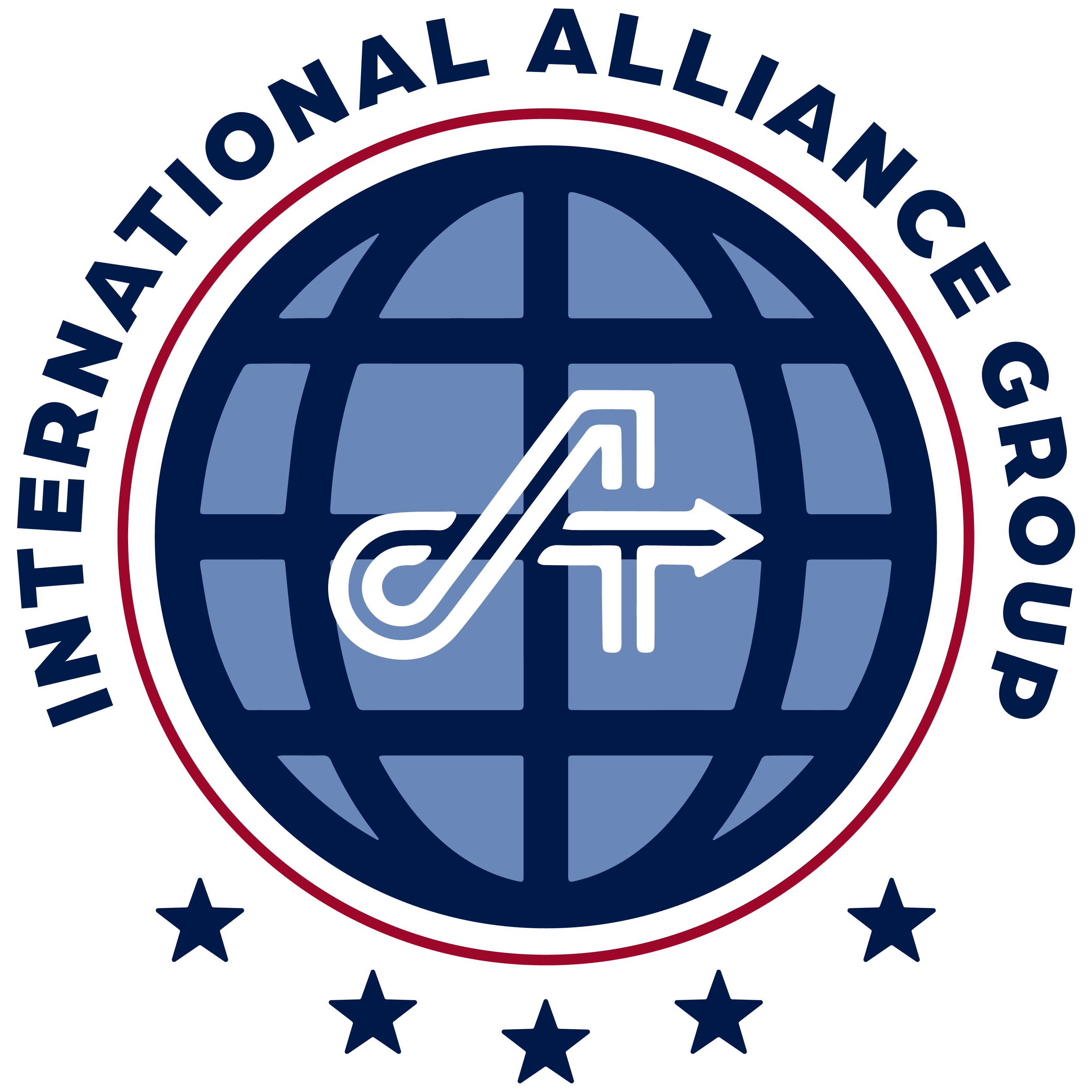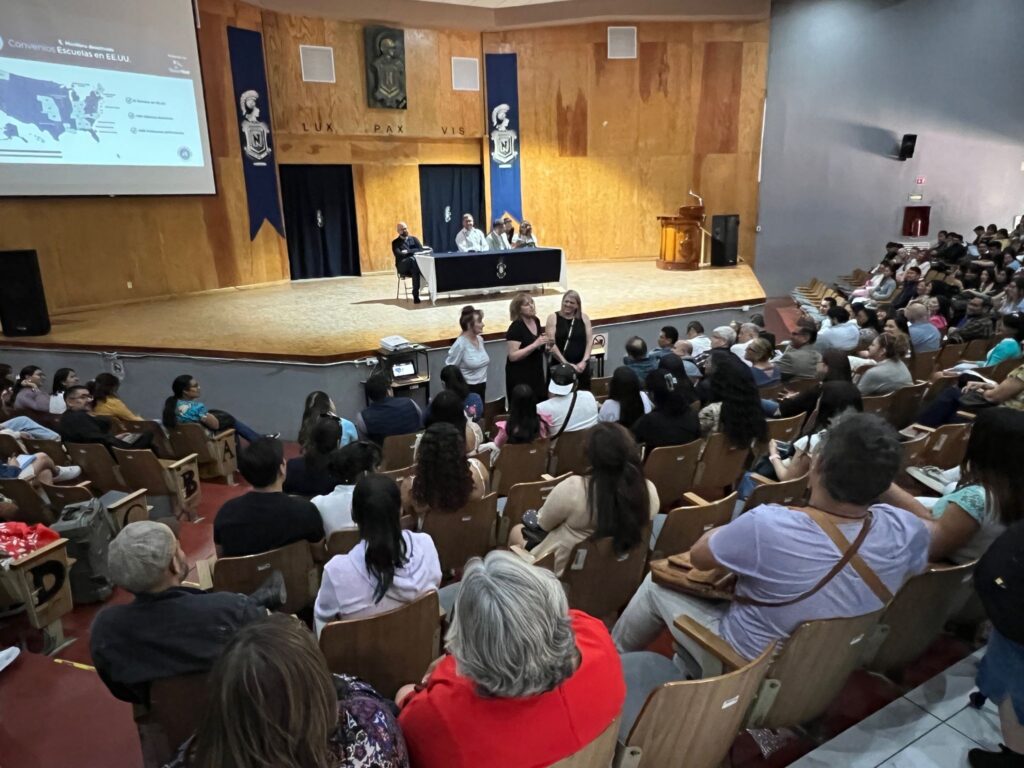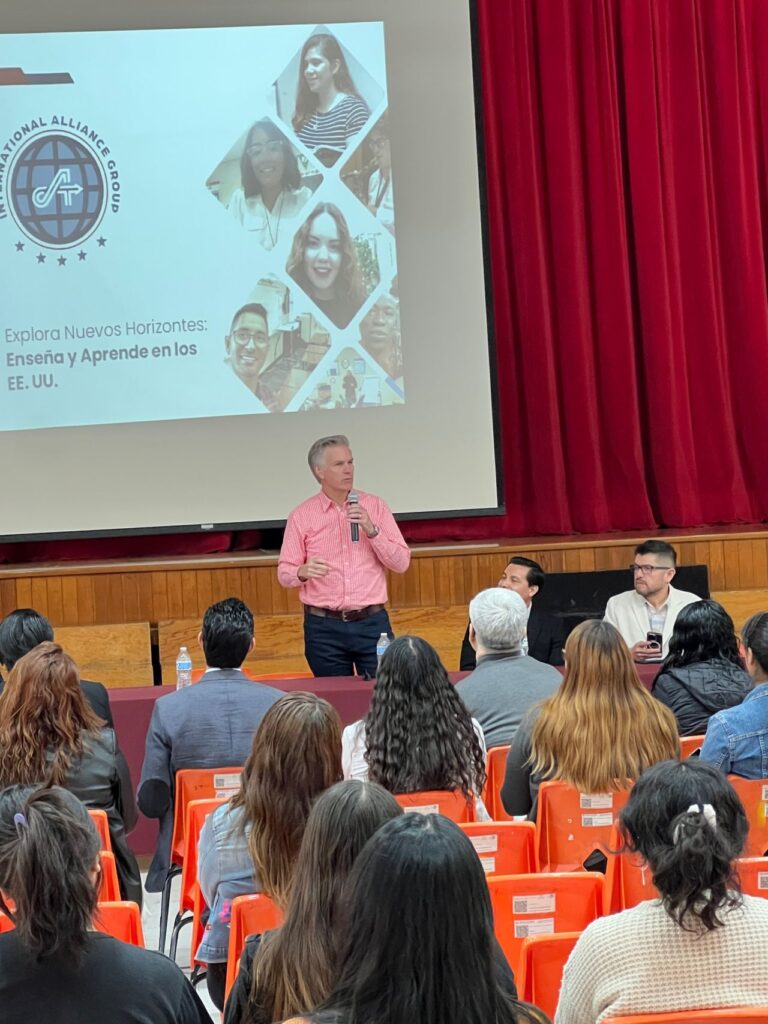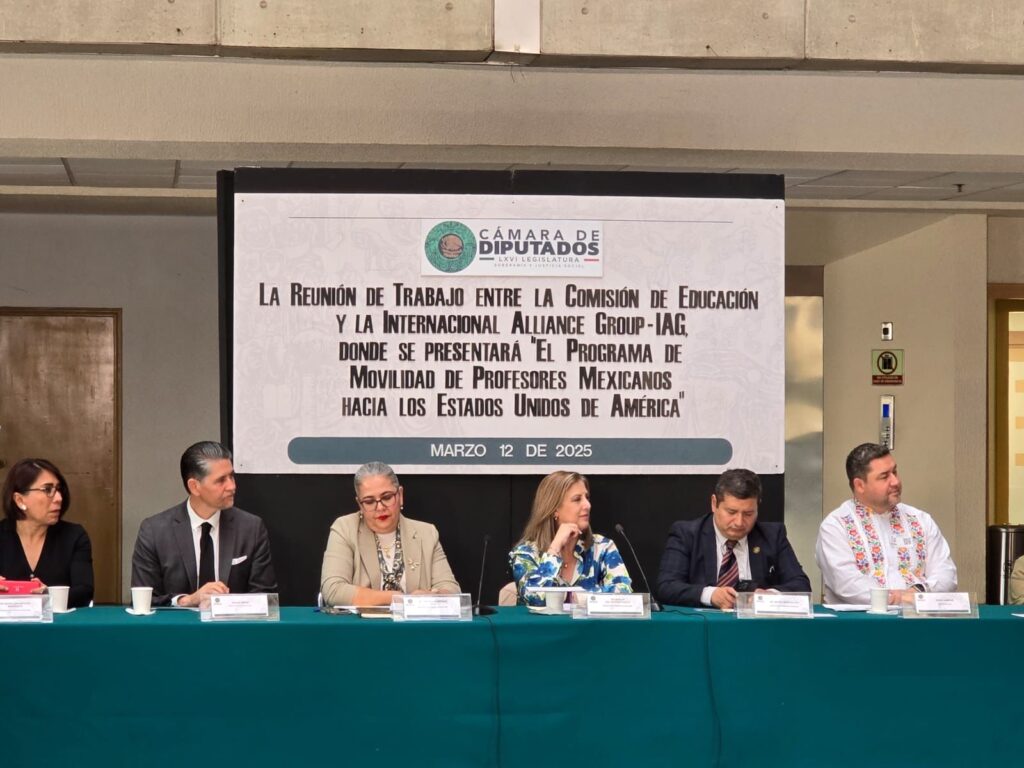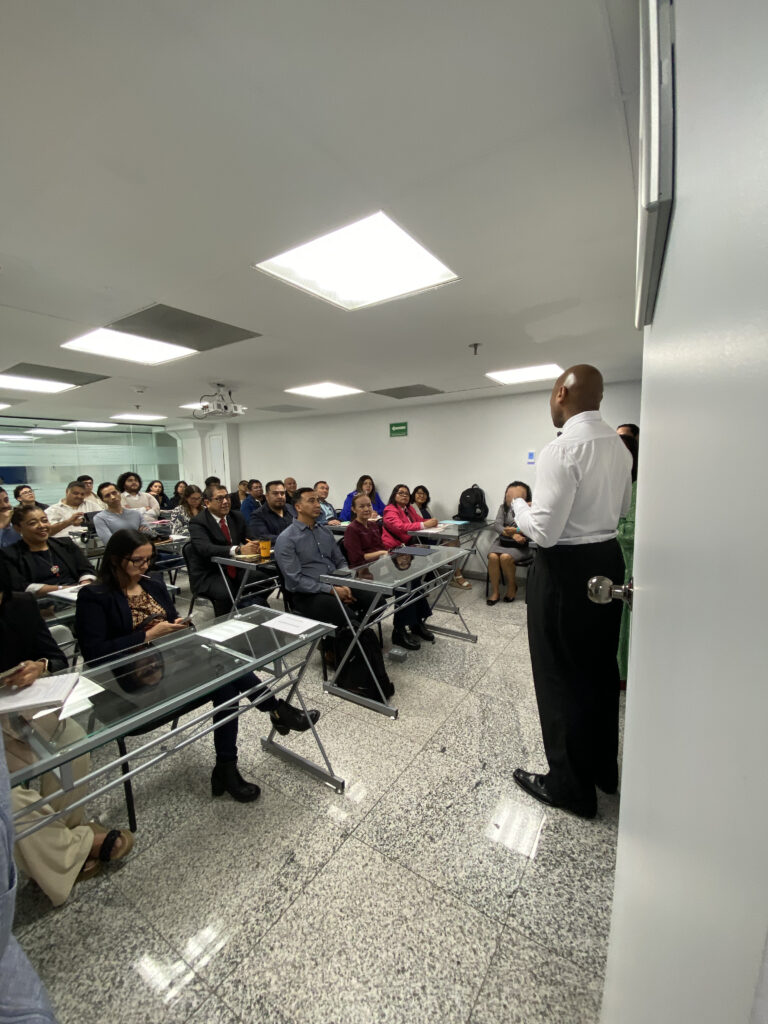As a teacher who has navigated the exciting journey of relocating to the United States, I understand the mix of anticipation and apprehension you may feel. Moving to a new country to teach is a transformative experience, and while there are challenges, you are more than capable of overcoming them. Here are six essential considerations to help you prepare for your adventure in the U.S.
1. Housing: Finding Your Home Away From Home
Securing housing is often the first step in your transition and plays a crucial role in your overall comfort and stability. Finding a place that feels like home can help ease the stress of adjusting to a new environment. Start by researching the local housing market in the area where you’ll be teaching. Websites like Zillow or Apartments.com provide valuable insights into rental options.
When I first arrived, I connected with a fellow teacher who guided me through the local rental landscape. I found an apartment that was not only affordable but also close to my school, making my commute easier. The key is to remember that housing costs can vary widely, but they often balance out when you consider the amenities and lifestyle they offer.
Tip: Connect with fellow teachers or local community groups to gather recommendations on safe neighborhoods. If possible, consider temporary housing to explore areas before committing to a long-term lease. This flexibility will give you a chance to find a home that suits your needs and lifestyle.
2. Getting a Phone Number: Staying Connected
A reliable phone number is essential for both personal and professional communication. It serves as your lifeline for staying connected with colleagues, accessing local services, and keeping in touch with family back home. Once I arrived, I visited several mobile service providers to compare plans, ultimately choosing one with unlimited data.
Having unlimited internet on my phone proved invaluable. In the U.S., many services and resources are app-based—from navigating the city to ordering groceries. This feature allowed me to adapt quickly, and I felt more connected to my new environment.
Tip: Opt for a plan that includes international calling options and unlimited data. This will help you maintain connections with loved ones while making it easier to navigate your new community.
3. Opening a Bank Account: Managing Your Finances
Setting up a U.S. bank account is crucial for managing your finances effectively. Having a local bank account allows you to receive your salary without incurring foreign transaction fees and simplifies bill payments. I remember feeling nervous as I walked into my local bank with my passport and proof of address, but the staff was welcoming and made the process straightforward.
The cost of living in the U.S. is often comparable to other countries. While some items may seem pricier, the value and quality often match what you’d expect back home. By keeping track of my expenses, I found that budgeting effectively made it manageable.
Tip: Look for a bank that provides strong online and mobile banking options. This accessibility will help you stay organized and manage your finances as you adjust to your new life.
4. Understanding Living Costs: Embrace the Change
Adjusting to living costs in the U.S. can be a significant part of your transition, impacting your budget and daily life. This includes not just food, but also housing, transportation, and entertainment. While it’s natural to compare prices between your home country and the U.S., each market has its own pricing structure.
I initially felt overwhelmed by grocery prices, but as I explored local stores, I realized that many items were quite similar in cost to what I was used to. Understanding that the money spent often correlates with the quality or convenience of an item helped me adjust my perspective.
Tip: Embrace the local culture and explore different neighborhoods and stores. Create a budget that accounts for both essentials and occasional treats, allowing you to enjoy your experience without financial stress.
5. Health Insurance: Understanding Coverage
Health insurance in the U.S. can be complex, but understanding it is essential for your well-being. As an international teacher, you will be provided with health insurance, which is vital for navigating healthcare in your new home.
When I first reviewed my health plan, I felt a bit lost, but the information provided helped clarify everything. Knowing how to use my insurance gave me confidence when visiting a doctor, making me feel secure in my health choices.
Tip: Don’t hesitate to ask for a detailed explanation of your health plan. Knowing how to use your insurance and where to go for medical care will provide peace of mind during your stay.
6. Getting a Driver’s License: Navigating Independence
If you plan to drive in the U.S., obtaining a driver’s license is an important step that enhances your independence and mobility. It allows you to explore your new surroundings with ease and access areas that may not be easily reachable by public transport.
However, it’s important to note that the process for obtaining a driver’s license varies from state to state. Each state has its own requirements and procedures, so it’s essential to do your research beforehand. I found the process fairly straightforward, but it was crucial to check my state’s Department of Motor Vehicles (DMV) website for specific information about required documentation, fees, and whether I needed to take a written or driving test.
Tip: Familiarize yourself with your state’s DMV requirements and procedures before starting the process. This knowledge will help you navigate this important step more smoothly.
Embrace Your Journey
Relocating to the U.S. as an international teacher is a life-changing experience filled with opportunities for personal and professional growth. While challenges may arise, remember that you possess the skills and resilience to navigate them successfully. Embrace the adventure, keep an open mind, and trust in your ability to thrive in this new environment.
At International Alliance Group we are ready to help you make it happen. Apply here and discover the rewarding experience of teaching in America.
This blog was written by Global Workforce Development, powered by IAG, an organization dedicated to creating international job opportunities for professionals.
